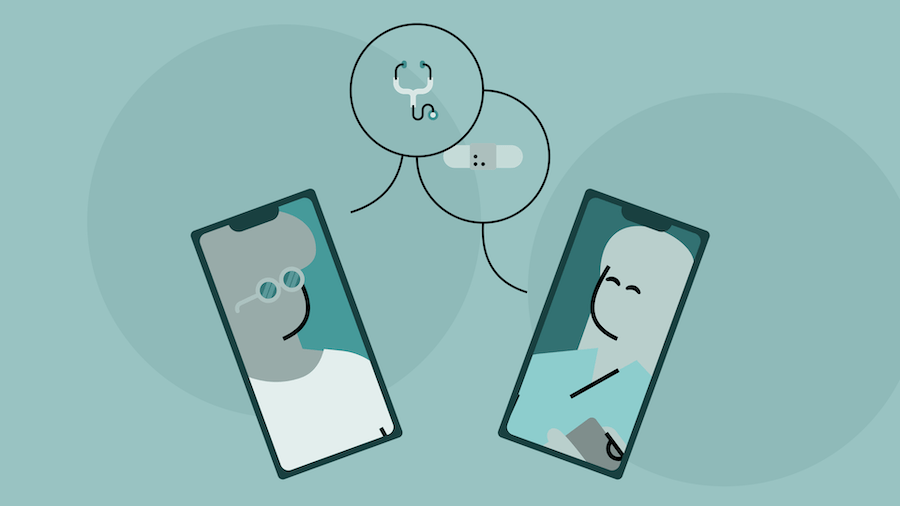Table of Contents

Healthcare analytics offers the ability to cut treatment costs, forecast epidemic breakouts, eliminate avoidable illnesses and enhance the overall quality of life. The average human lifetime is expanding globally, posing significant obstacles to today’s treatment delivery technologies. Health practitioners, like business owners, may gather vast volumes of data and search for the best ways to use these figures.
Indeed, for many years, obtaining massive volumes of data for medical purposes has been both expensive and time-consuming. With today’s ever-improving technology, not only is it simpler to collect such data, but it is also easier to compile complete healthcare reports and translate them into meaningful essential insights that can subsequently be used to give better treatment.
This is the goal of healthcare data analytics: to use data-driven findings to not only predict and solve a problem before it is too late but also to assess methods and treatments more quickly, keep better track of inventory, involve patients more in their health, and empower them with the tools to do so.
1. Disease tracking
In the midst of epidemics, natural catastrophes, or other emergencies, tracking and anticipating trends is frequently entrusted to the commercial sector. Though the federal government has gone a long way in adopting big data in the last two years, these real-time capabilities were previously primarily the domain of start-ups and software firms. They were the ones who realized that utilizing big data allows academics and health professionals to sift through mounds of data to find trends and discover answers to health problems. These approaches are increasingly essential for on-the-ground professionals as well.
When public health workers can effectively use this world of information to map and track outbreaks in real-time, it can save lives. They can better estimate where to deploy resources and medical staff to pinpoint where the sickness will spread next.
2. Electronic Health Records (EHRs)
The use of electronic health records (EHRs) is growing at a record pace, making the collection of healthcare data easier to register, store and analyze. The main goal of EHRs is to create a unified system for electronic data, which will make the physicians’ work easier and also make it easier for the researchers to analyze health data from one source.
Absorbing the medical data is one thing, but understanding it is another. To understand what the data means, sophisticated analytic tools and software for data mining and data integration need to be developed. Acquiring these tools and software is the first step to analyzing any kind of data, and the healthcare industry is no exception.
Today, there are numerous business intelligence (BI) tools on the market that healthcare professionals can use to analyze data.
3. Remote Patient Monitoring
Remote monitoring of patients is a rapidly growing field. The main aim of this process is to make the patients stick to their treatment, monitor the condition of the patients, and keep the physicians updated about the patient’s condition.
Remote patient monitoring helps patients stay in touch with their physician even after leaving the health facility. It also helps the medical staff look for medication’s possible side effects or other health issues such as blood pressure or sugar levels.
4. Real-Time Alerts
The alerting process is the ability to notify different departments in a healthcare organization. These alerts may be triggered after patient information is entered, when laboratory results are available, or when a specialist decides. This process helps the medical staff keep track of the patient’s progress and take corrective measures on time if needed.
Conclusion
With the growing demand for advanced healthcare analytics and the growing importance of healthcare data management, big data has become a handy tool for physicians and other medical professionals.
With the help of big data, the treatment and analysis of diseases are done quickly, precisely, and efficiently. This practice helps the patients to get the best and correct treatment.
Fleksy provides the best keyboard technology for businesses using white-label practices and resources. Let’s discuss how our technology can be used to improve your product offering.